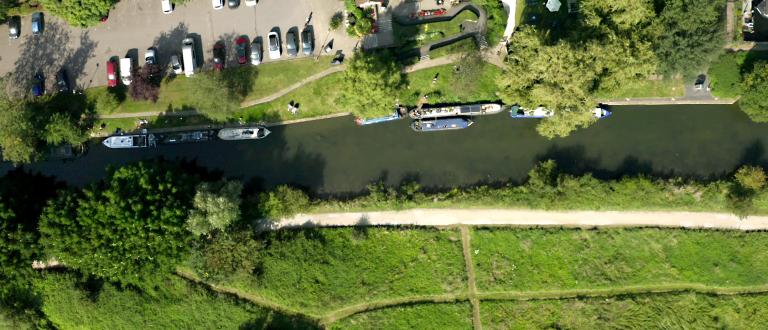Find out about support you could be eligible for
Essex stands with Ukraine
Information for sponsors and guests on the Homes for Ukraine scheme
Our services
Adult social care and health
Includes social care help, advice on disabilities and health conditions, Blue Badge, paying for care and support for carers
Children, young people and families
Find services for children and young people, including social care, adoption, fostering and health and wellbeing
Schools and learning
Includes school admissions, early years and childcare, post-16 options and adult learning
Jobs and apprenticeships
Find jobs, volunteering and apprenticeship opportunities in Essex
Births, ceremonies and deaths
Includes weddings, civil partnerships, births, deaths, Coroner's service, citizenship and other ceremonies
Libraries
Renew, reserve or search for a library item. Join the library, volunteer or search for an event.
Roads, streets and transport
Report a highways problem, get updates on travel, transport and roadworks
Planning, land and recycling
Includes planning applications, recycling centres and Essex Energy Switch
Business
Includes business licences, supplying the council, trading standards and support for businesses
Running the council
Find your councillor, Council Tax, what happens at council meetings and how the council is run
Leisure, culture and local heritage
Includes cultural events and activities, historical records, archives and building conservation
Make a payment
Pay social care and sundry invoices, penalty charges and licence fees
Multiply your skills, Multiply your opportunities
Multiply in Essex aims to help residents aged 19 and over with essential number skills. Free Multiply courses are designed to increase confidence with numbers, support everyday applications like budgeting and cooking, advance careers and gain qualifications.





